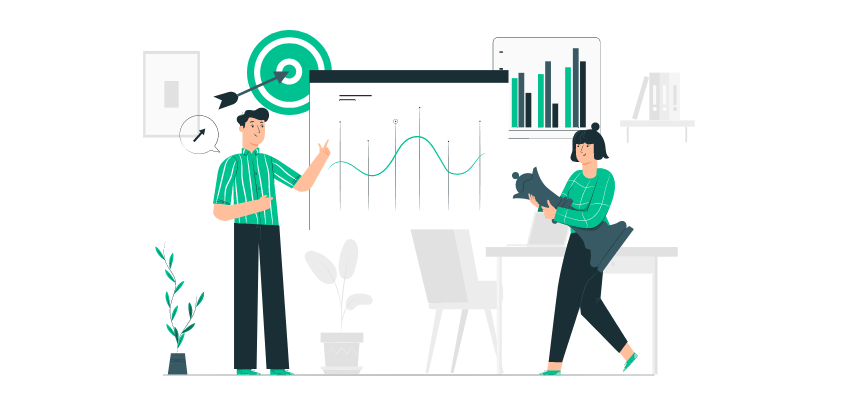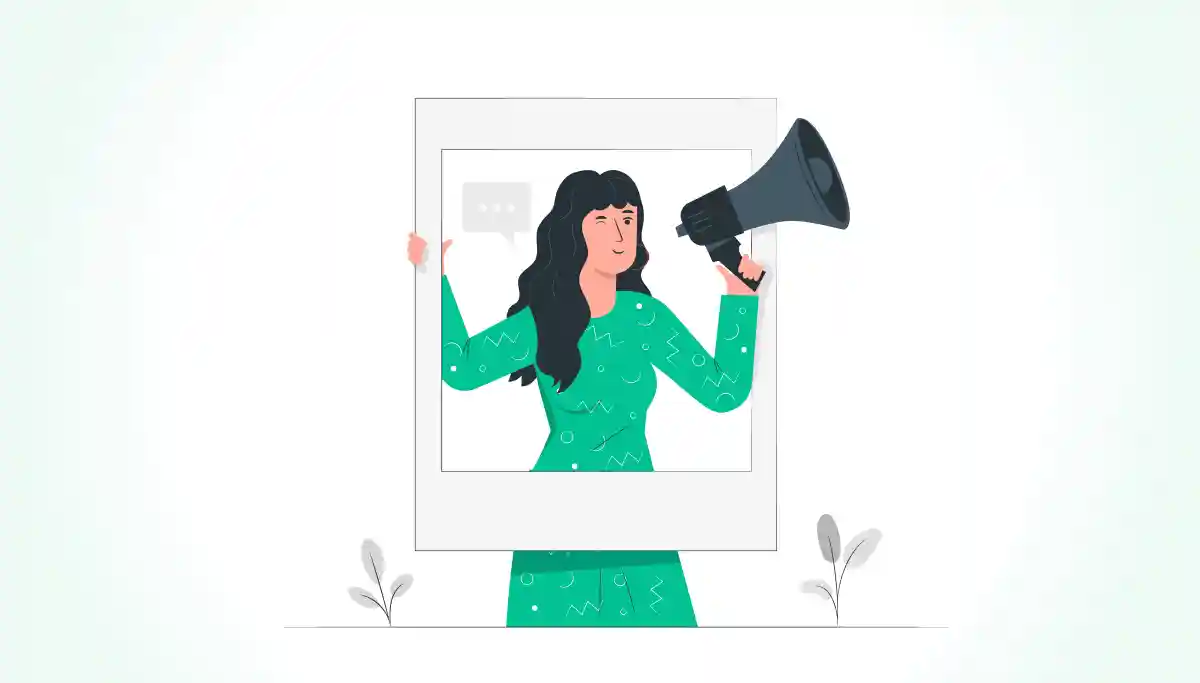For years, measuring and working on increasing customer lifetime value has been severely underrated in the world of Saas business. A study on business owners suggests that only 24% of the respondents felt the need to monitor customer lifetime value, and only 34% were even aware of it.
Customer lifetime value plays a huge role in customer success and should be considered an essential part of a business. It can be just as much, if not more, than getting new customers.
Accurate customer lifetime value calculation can help businesses understand where to focus their efforts and formulate better strategies. To help your company reduce the churn rates, we have explained what CLV is in this article.
Why Is Customer Lifetime Value Important to Businesses?
Reasonable customer lifetime value calculation can be the most critical metric customer success managers need to know to set a realistic budget for new customer acquisition. It is a crucial evaluation tool for making decisions on sales and marketing, product development, and customer success strategies.
- Products and Services POV: A closer look into CLV helps businesses develop customer-centric products and better designs and interfaces. The products or services can be formed in a manner that encourages repurchases.
- Customer Relations POV: With a sound understanding of CLV, businesses can make good decisions regarding after-sales service and support strategies. They can even simplify the monthly subscription values to reduce the churn rate.
- Marketing POV: When businesses know that they are doing well with the number of customers they have already, they can spend much less on marketing. Instead of allocating the budget for new customers, the business can focus on retaining the old and loyal customers.
- Sales Management POV: Customer lifetime value calculation helps sales managers evaluate the need for sales volume. It can also help them understand the segments of customers that they need to focus more on and build better pitches.
Tips on How to Improve CLV
There are numerous different strategies companies can use to improve their CLV. Here are seven ways your business can do that.
Target the Right Audience
As any marketing textbook will inform you, you can’t please everyone, and choosing the correct target market is crucial to success. Consider who will benefit from your product the most, then design your strategy to attract these priceless customers. They’re the ones most likely to endure over time and provide you with improved CLV!

Make The Client Onboarding Smooth
Your product onboarding procedure takes place in a very delicate amount of time. Since it’s the first time a potential buyer encounters your brand, it’s crucial to do it properly.
A positive customer experience can increase your CLV, while a negative one can cause a consumer to defect to one of your rivals. You should design a quick and straightforward onboarding procedure that offers tutorials and guides that are simple to follow.
Invest in Product Education
An excellent strategy to keep clients around for longer is to educate them about the benefits of various elements of your product.
The SEO tool Ubersuggest by Neil Patel is a wonderful illustration of this. To keep his customers engaged for extended periods, Patel offers highly instructional articles that teach them how to employ a range of the tool’s functions. The extensive free content provided by Ubersuggest also aids in bringing in new clients.
Make Your Product a Necessity
The tactic entails giving your product attributes that entice customers and make it challenging for them to defect—granting customers access to a personalized dashboard, for instance, where they may integrate their data to enhance a particular element of their business.
This alleviates a problem for them while simultaneously promoting the expansion of their company, which keeps them on board for longer. The outcome? Improved CLV for your business.
One SaaS company that excels at using “sticky” features is Dropbox, a cloud-based storage service. Without your involvement, the automatic sync feature seamlessly backs up your files to the cloud. You end up using the service for a more extended period.
Optimize for Expansion
Account expansion, as previously established, occurs when clients upgrade their accounts. This can be improved by upselling (selling more features or product extensions to your existing customers.) Alternatively, cross-sell complementary products in addition to your leading service. Using customer expansion software is highly effective for increasing your CLV and lowering your customer acquisition costs (CAC).
Encourage Loyalty
Rewarding customers for sticking with your company over time, such as by giving them extra features, a month for free, a renewal discount, or anything similar, is one strategy to develop loyal clients. You can be sure that customers will find the prize useful if you make it something that is already strongly tied to your goods.
Schedule a demo with one of our experts to take a deeper dive into Churn360
Book a demo
You can further encourage customer loyalty by developing referral programs where customers can earn rewards for recommending your product to their networks. A practical illustration of a well-known referral program that provides a tiered commission to its successful affiliates is the web hosting company Bluehost.
Nurture Relations with Customers
Satisfied customers remain loyal for longer. Because of this, developing client relationships is vital for increasing CLV. Investing in first-rate customer service is one approach to do this. You should have a productive, adaptable workforce and provide help through various channels.
Responding to and acting on customer feedback is another method of nurturing your clientele. Regularly doing this enables you to recognize when anything is off so you can address it before it causes churn. Additionally, customers like being understood, so they strive to achieve this goal.
Summing up
As a B2B enterprise, especially one generating all its revenue out of subscription models, there is no way for you to need to understand what CLV is. It is undoubtedly one of the most critical metrics you could ever come across, especially in marketing.
Frequently Asked Questions
1: What is the difference between CLV and LTV?
The Customer Lifetime Value is an individualistic measure that can be based on data-based figures and patterns. However, lifetime value is an aggregate figure that measures the ongoing relationship between the product and its customers.
2: Does CLV change over time?
Yes, customer relations and consumer habits are dynamic. Therefore, customer lifetime value too can never be a static metric.
3: What is the ideal CLV to CAC ratio?
For a majority of businesses, the ideal CLV (customer lifetime value) to CAC (customer acquisition cost) ratio should be 3:1. Any higher spending (1:1) means that acquiring new customers will be little profitable. Anything lower (7:1) means you might miss out on profitable customers.


